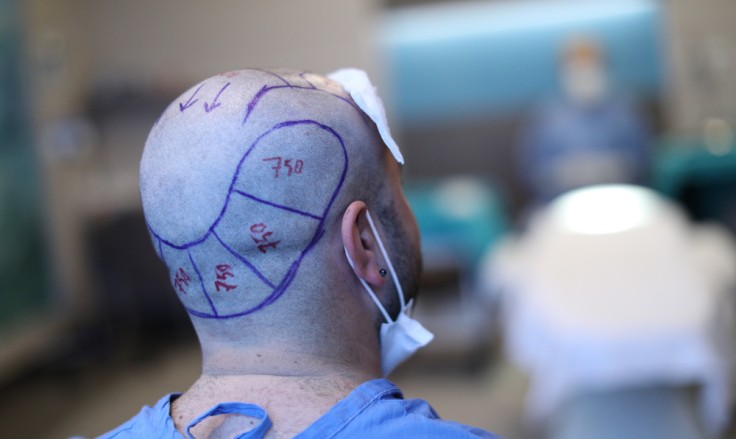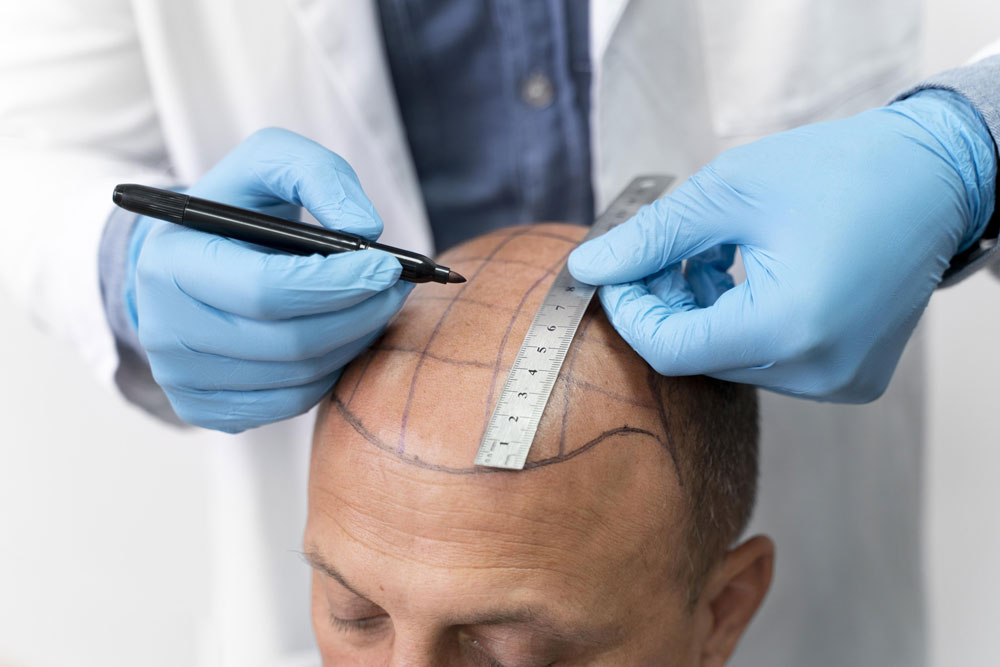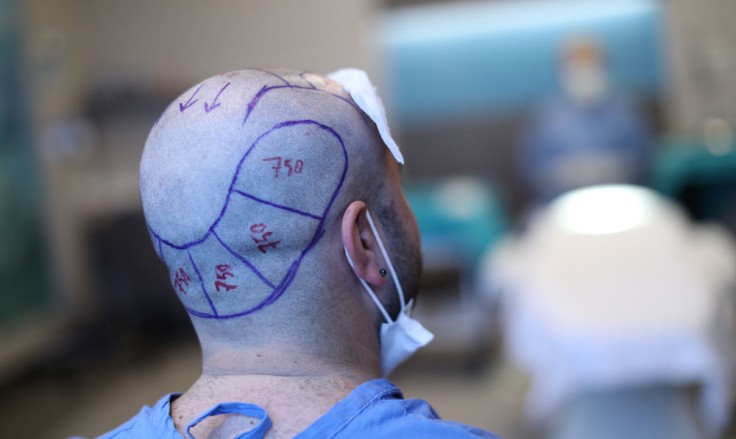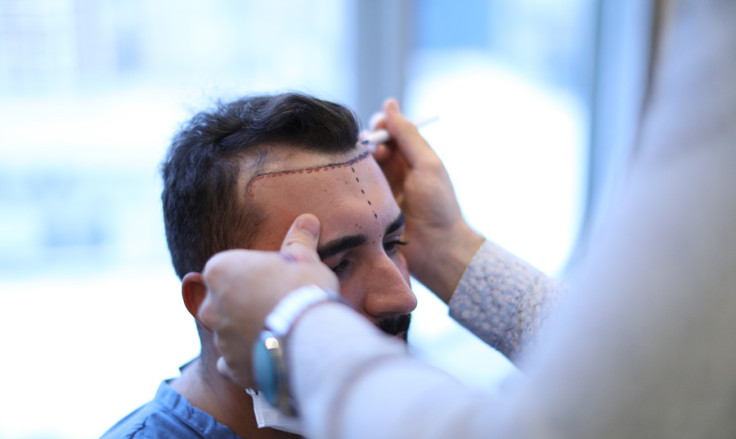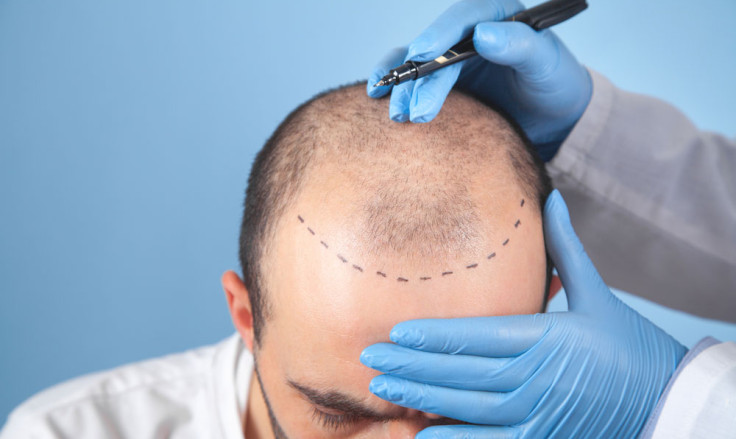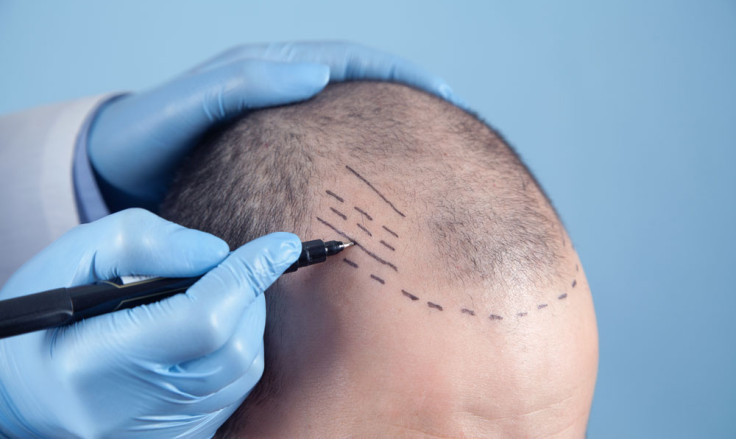What are the Hair Transplant Techniques?
Introduction
Hair transplant procedures have gained popularity as effective solutions for hair loss. There are several techniques available today, each offering unique benefits. Understanding these techniques can help you make an informed decision. And decide which one is right for you. This article explores the different hair transplant techniques. It details what you can expect from each.
Follicular Unit Extraction (FUE)
Follicular Unit Extraction (FUE) is a modern and minimally invasive hair transplant technique. It’s becoming increasingly popular due to its minimal scarring and quicker recovery.
- Procedure: Individual hair follicles are extracted directly from the donor area using a tiny punch tool. These follicles are then implanted into the balding areas.
- Scarring: FUE results in tiny, dot-like scars that are almost invisible and easily concealed.
- Recovery Time: Recovery is quick, usually within a few days. There are no stitches involved.
Direct Hair Implantation (DHI)
Direct Hair Implantation (DHI) is a variation of the FUE technique. It offers more precision and control during the implantation process.
- Procedure: Hair follicles are extracted using the FUE method. However, instead of making incisions first the follicles are implanted directly into the scalp. This uses a special tool called a Choi implanter pen.
- Scarring: DHI leaves minimal scarring, similar to FUE, and does not require stitches.
- Recovery Time: The recovery time is similar to FUE, with most patients returning to normal activities within a few days.
Platelet-Rich Plasma (PRP) Therapy
While not a hair transplant technique, PRP therapy is often used in conjunction with hair transplants to enhance results.
- Procedure: A small amount of the patient’s blood is drawn and processed to concentrate the platelets. This platelet-rich plasma is then injected into the scalp to stimulate hair growth. It also improves the healing process after a hair transplant.
- Benefits: PRP can promote quicker recovery and enhance the overall results of a hair transplant.
Conclusion
Choosing the right hair transplant technique depends on your individual needs and preferences. The extent of your hair loss also is a factor. Follicular Unit Extraction (FUE) is the most commonly used technique. Direct Hair Implantation (DHI) offers advanced options. They have the benefits of enhanced precision and quicker recovery times. Ensure you consult with a qualified hair transplant specialist. This will help determine the best technique for achieving your desired results.
For more information on hair transplants, please visit the ACIBADEM Beauty Center webpage.

